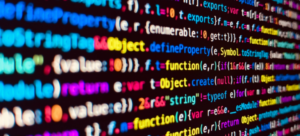Deep learning is a subset of machine learning focused on training artificial neural networks with multiple layers (often called deep neural networks) to recognize patterns and make predictions from data. By automatically learning hierarchical representations of features, deep learning excels in handling complex tasks, such as image recognition, natural language processing, and autonomous driving.
Key Characteristics:
- Layered Architecture: Deep neural networks consist of multiple layers, including input, hidden, and output layers. Each layer processes data and passes it to the next, extracting increasingly abstract features.
- Automatic Feature Extraction: Unlike traditional machine learning, deep learning eliminates the need for manual feature engineering, as the model learns features directly from raw data.
- Large Data and Computational Needs: Deep learning models require substantial amounts of labeled data and computational power to achieve high performance.
Applications:
- Computer Vision: Image and video recognition, object detection, and facial recognition.
- Natural Language Processing (NLP): Language translation, text summarization, and sentiment analysis.
- Autonomous Systems: Self-driving cars and robotics.
- Healthcare: Medical imaging and disease diagnosis.
Why It Matters:
Deep learning has revolutionized AI by enabling systems to tackle tasks that were previously unsolvable or required extensive human effort. Its ability to model complex, nonlinear relationships makes it a cornerstone of modern AI research and applications.



